Tides Thoreau Center San Francisco
Introduction
Text-to-speech Audio
Images
The Tides Thoreau Center San Francisco (image from SF Gate)
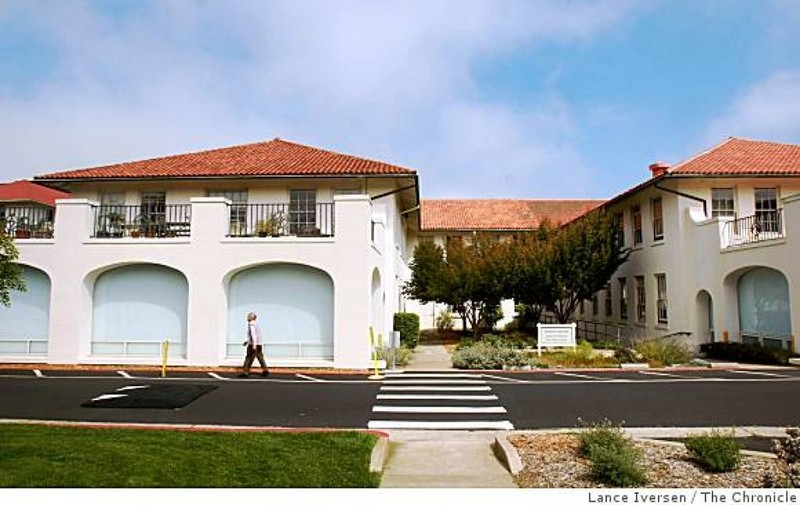
Outside the Thoreau Center (image from SF Gate)
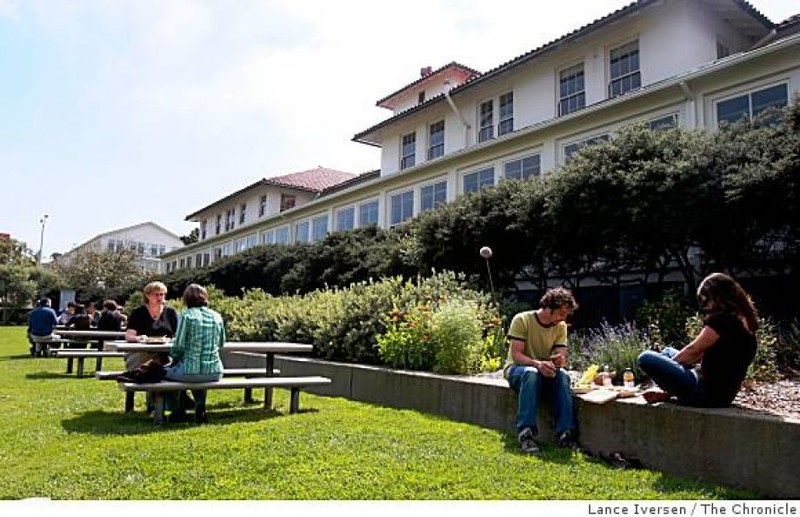
The China Brotsky Art Gallery inside the Thoreau Center (image from the National Parks Service, Prisidio website)
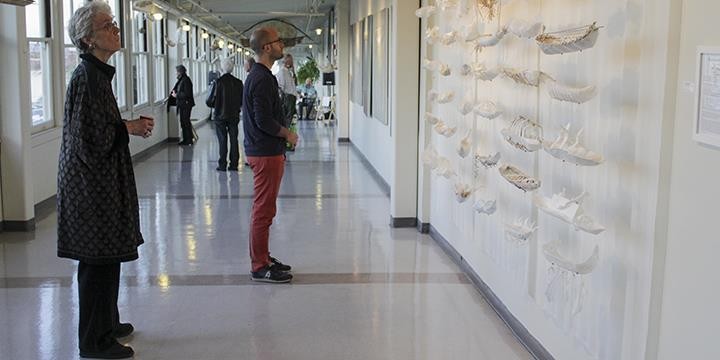
The China Brotsky Art Gallery (image from Tides blog)
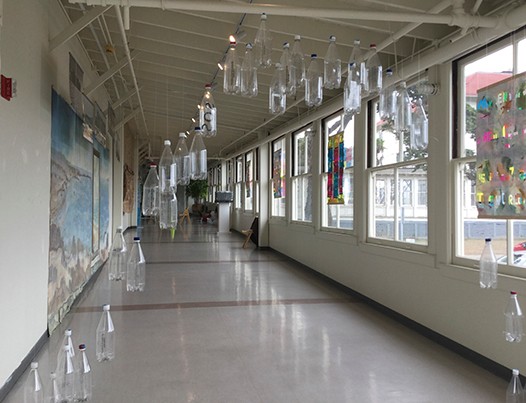
The building as it looked when it served as Letterman Hospital (image from the National Parks Service, Prisidio website)
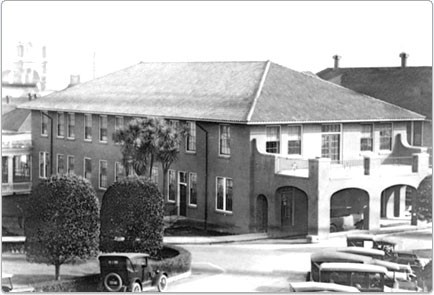
Letterman Hospital (image from the National Park Service)

Backstory and Context
Text-to-speech Audio
Originally known as the U. S. Army General Hospital, Letterman General Hospital originated out of necessity during the Spanish-American War (1898). With so many soldiers in the area, and more returning from the Philippines as the war moved to a close, the small Prisidio Army Hospital alone was no longer enough to care for the sick and injured. While a tent hospital served as a temporary measure, San Franciscan architect W. H. Wilcox designed a 300-bed hospital, with ten wards built around a central green and connected by covered corridors. The wards and administration buildings were also linked by a state-of-the-art intercom telephone system, and the hospital was even equipped with rudimentary X-Ray equipment. Before construction was finished, the U. S. Army General Hospital at the Prisidio became the first army hospital to employ women in 1901. These women, the Army Nurse Corps, were the first women to serve officially in the United States Army. After the 1906 earthquake, injured civilians were cared for at the U. S. Army General Hospital.
In 1911, the hospital was renamed Letterman General in honor of the Union Army's Surgeon General. The Army School of Nursing opened at Letterman Hospital on May 25, 1918. By then, it was the army's largest general hospital, and admitted over 18,000 veterans of World War I for physical and psychiatric trauma. The physicians of Letterman General Hospital are credited with pioneering the field of physical therapy and the development of several orthopedic devices. During the Second World War, Letterman General was the primary treatment center for soldiers returning from the Pacific Theater, receiving over 73,000 patients in 1945 alone. Near the end of the war, a POW stockade briefly held Italian and German prisoners who labored for the hospital.
From the 1960s-1980s, the hospital's original 1899 quadrangle gradually faded in prominence, with the larger Letterman Army Medical Center built in the late '60s and the demolition of some of the original buildings to make way for housing for soldiers and nurses. In 1995, the Presidio became part of the National Park Service, and the hospital and its attached research institute were deactivated.
Twenty-three acres of the 1960s Letterman Hospital grounds were redeveloped under a contract between the Presidio Trust and Lucasfilm, and are now home to the Letterman Digital Arts Center, with Lucasfilm divisions including Industrial Light & Magic and LucasArt. Most of the buildings are not open to the public, but the landscaped meadow area around them is.
Tides Thoreau Center for Sustainability San Francisco
The original (1898-1902) Letterman General building (a National Historic Landmark), along with eleven other Presidio buildings, went to the Thoreau Center for Sustainability (named for Henry David Thoreau, the American writer and naturalist). The Center's renovation of the hospital buildings began in 1995, and combined historic preservation with green building principles. The Thoreau Center houses over 60 non-profit organizations in 150,000 square feet, as well as the Whole Earth Library, two art galleries, and a cafe. Some of the Center's tenants include the World Wildlife Fund, Art Seed, Bay Area Ridge Trail Council, Community Clinics Initiative, , Door Dog Music Productions, Friends of the Urban Forest, Lawyers for Clean Water, and the Northern California Independent Booksellers. The free-admission China Brotsky Art Gallery, named after the Tides senior vice president, is housed in one of the Letterman Hospital windowed corridors, and is dedicated to environmentally-themed works.
Sources
MODELING INNOVATIVE PRACTICES IN NONPROFIT FACILITIES. Tides. Accessed April 09, 2017. https://www.tides.org/i-want-to/learn-about-shared-space-services/thoreau-centers-for-sustainability/.
Letterman Hospital Complex (page 1/2). National Park Service. Accessed April 09, 2017. https://www.nps.gov/prsf/learn/historyculture/letterman-complex.htm.
